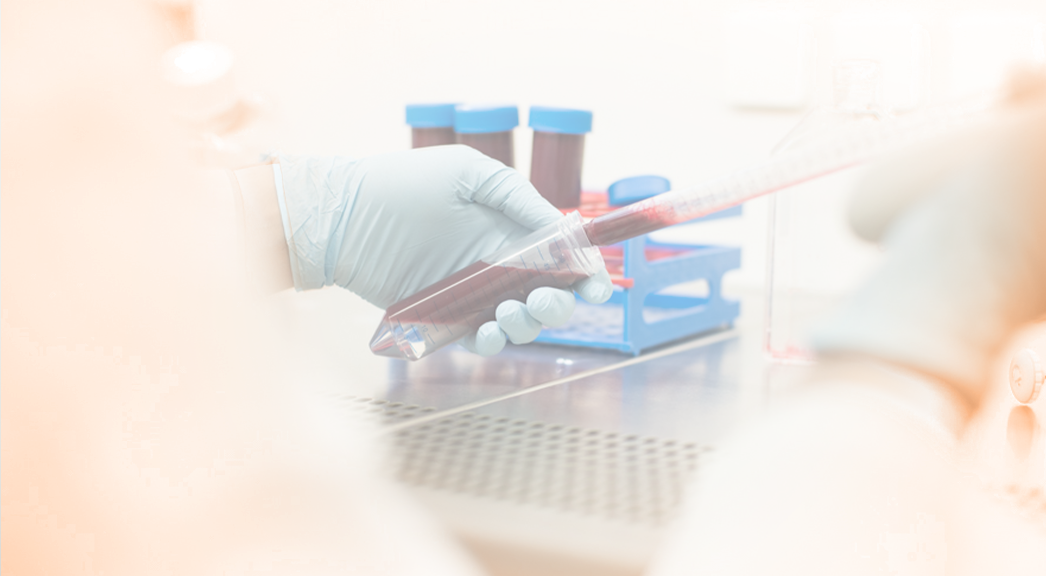
Affimed has always been driven to understand how disease works, and specifically, how cancer works. It’s like putting together the pieces of a puzzle and feeling an incredible sense of joy when the picture starts to come together to benefit our patients. Translational research is a big part of that by encouraging and promoting multidisciplinary collaboration among laboratory and clinical researchers and incorporating the desires of patients and the public regarding their needs for innovation. The goal of translational research is to translate discoveries more quickly into practice and into the clinic. At Affimed, we are doing that with exciting results, and it was our pleasure to share these results at the 2021 Society for Immunotherapy of Cancer conference (SITC)—results that hold promise for cancer research and ultimately for patients.
One important part of our work is to better understand the mechanisms of action of innate cell engagers and guide the drug development programs in characterizing how these drugs work and why they work better on certain tumors than others. This compelling and important work doesn’t stop when a drug is in the clinic. In fact, it begins a new chapter with biomarker research and understanding how we recognize when a drug starts to work, and how we find the right dose and the target population.
The developments in the realm of cancer research and immunotherapy, specifically at Affimed, have been incredibly exciting and motivating in our goal to treat cancer patients, many of whom have few—if any—choices left.
Translational research has become increasingly important in cancer research for a number of reasons. First, drugs are working in a more targeted way, specifically through their distinct and selective mechanisms of action. Our innate cell engagers, for example, can trigger specific immune cells to kill cancer cells. Translational research helps us understand how those drugs specifically work on a cellular, mechanistic level before we test them on the patient. Why is that important? Because not every patient responds in the same way. Patients have different tumors, and different tumors behave in different ways, so we are tasked with understanding which drugs work best with which tumor types. We do this in a variety of ways.
Thanks to advances in research, we can now visualize cancer cells in a very tiny well (or multiple well plates) and identify a single natural killer cell and study its behavior. How does a natural killer cell behave when added with tumor cells? How do we increase its killing rate and essentially, make it a serial killer? Today, we can recreate a tumor microenvironment and visualize how a killer cell is behaving, and then we can add an innate cell engager and watch the killer cell become activated. Now, the killer cell kills not one, but all of the tumor cells in the well. Through these preclinical translational studies, we can predict to some degree what will happen in the different tumors, and we can do that with different tumor types.
This would not have been possible 10 or 20 years ago. Affimed’s progress is due to a variety of advancements, not the least of which is microscopy, which allows us to see a cell’s behavior and the way it becomes engaged to kill tumor cells. Affimed is now delivering evidence that we can combine NK cells with innate cell engagers without the need to engineer these NK cells, which is far ahead of our competitors. We have found that through high-affinity binding, we can pre-incubate with relatively small amounts of the innate cell engagers that then stick to NK cells and form stable bonds for at least several days, which enables a very efficient tumor killing environment—again, all without the need to re-engineer these killer cells.
Moving forward into the future, we will continue to build the evidence to better understand the best indications for our patient populations. By fully grasping the mechanisms of action and then quickly translating those candidates into the clinic, we will have some exciting things to share in the coming months.
For the full abstracts from SITC, please go https://bit.ly/3HgWlIa. The posters can be found at https://www.affimed.com/affimed-science-and-technology/publications-and-posters/.